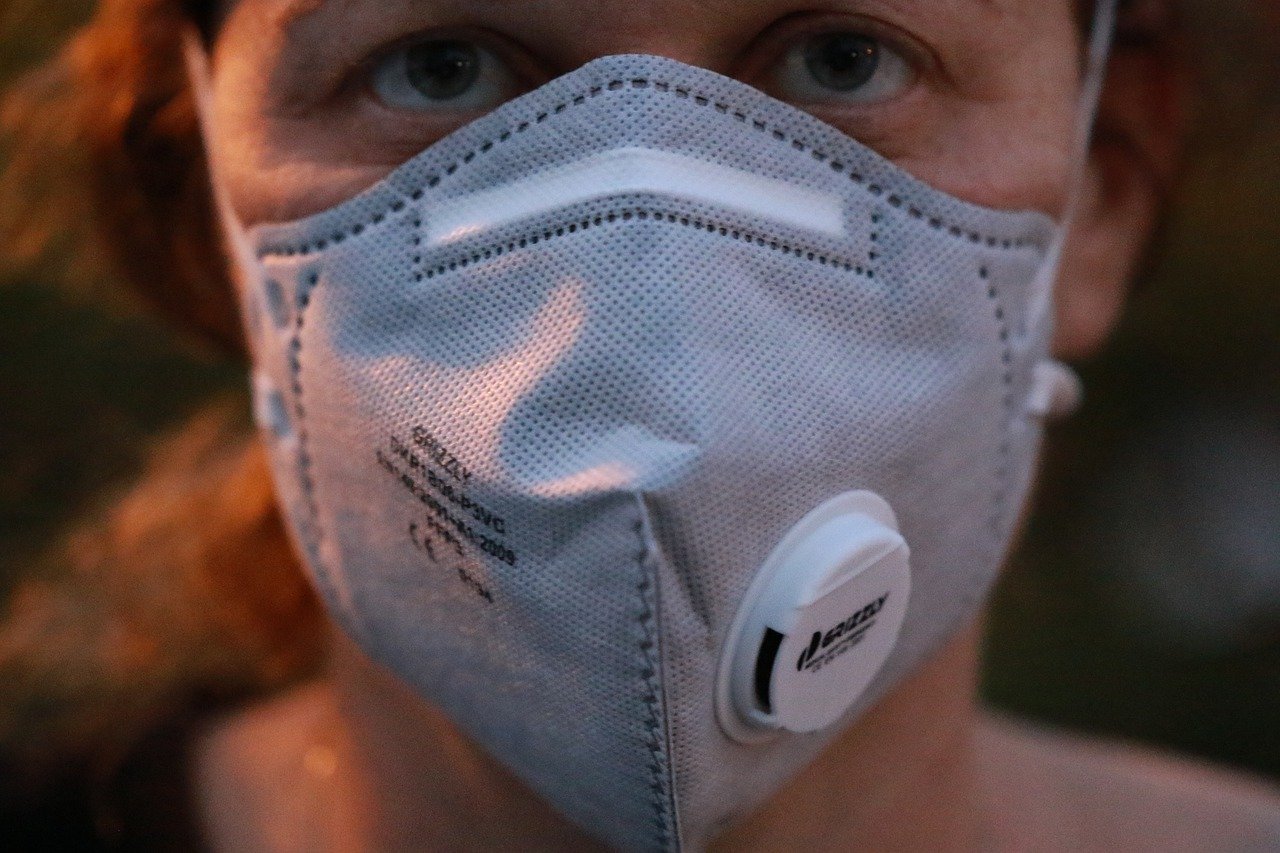Known as the ‘ferrymen’ of Wuhan, thousands of motorbike riders would just months ago zigzag daily through the traffic clogging the streets of the central Chinese city delivering a smorgasbord of food varieties to residents.
That was before the outbreak of what has now been declared a Coronavirus pandemic saw the city of 8 million locked down on January 23.
Since then, there has been little or no traffic to zigzag through, food deliveries total some 300,000 orders a day, delivery riders wear respiratory masks and protective suits, and, the most significant change of all, drop-offs are now of the non-contact variety.
Food distributors own the streets in China
With strictly-limited access to grocery stores and fresh produce markets since the lockdown began, Chinese consumers are relying more and more on food deliveries—with telling effects.
A study by market research group NPD reveals how that particular market grew in value in January by 20 percent compared to a year earlier.
The Chinese food delivery market, dominated by pizza orders, reached $6.138 billion (USD) in 2019, so the surge translates into millions of dollars and a significant fillip for industry leaders Ele.me and Meituan Dianping. Tapping into the trend, US fast-food concerns McDonald’s, Starbucks, KFC, and Pizza Hut, have also launched contactless delivery services in China.
Food delivery is also soaring in other parts of the world
The global food delivery industry has been growing exponentially in the past five years as the speed of delivery and quality of food improves. It is estimated to reach $122.7 billion (USD) in 2020 and $164 billion by 2024.
Countries dominating the growth in the food delivery industry include:
The United States: In February, 21 percent of consumers ordered edible or perishable groceries online, up from 18 percent in the same month last year, according to the NPD research group. The increase is attributed to fears of COVID-19 contamination.
Britain: A February survey by debit and credit card operator Barclaycard found that more than a quarter of shoppers indicated they were avoiding high streets and other busy places for fear of contracting the virus. Takeaways and fast food sales, including deliveries, rose 8.7 percent in the month, it said.
Australia: A supermarket rush by consumers spooked by the Coronavirus pandemic for essentials such as toilet paper, soap, flour, pasta, and sugar has moved online. The delivery services of major supermarkets Woolworths and Coles both reached capacity, leading to long delays for frustrated customers. The ecommerce-spend on food deliveries in the current surge, still to be calculated, will, without doubt, boost the AU$2.6 billion splurged each year by Australians on food and drink delivery.
Non-contact delivery is the new supply chain endpoint
Since the COVID-19 virus is spread mainly from person-to-person, health authorities recommend that people avoid close contact with each other.
Hence the evolution of the ‘non-contact’ food delivery.
The way it works is starkly demonstrated in a news video by Chinese news agency Xinhau, which tracks the movement of one deliveryman doing his rounds in Wuhan. Deliveryman checks in at the depot, has his temperature recorded to make sure he is not running a fever, and then receives the order sheet via a mobile app.
At each delivery point—usually the entrance to a building or gated complex—he makes mobile contact with the customer, leaves the package on the ground, and then departs.
In Japan, where the food delivery market will reach an estimated $2.815bn in 2020, the non-contact method of delivery is also a growing trend. Pizza delivery rider sets the bag-wrapped food on the ground at the customer’s place of choosing and then steps back two metres as the customer takes delivery.
In the United States, non-contact delivery has also sprung up, with San Francisco-based Postmates and grocery delivery startup Instacart both offering a ‘leave-at-the-door’ option to customers.
Person-to-person is still the best
Fortunately, this trend has yet to reach Australia. A few evenings ago I ordered a meal from a Sydney curry house, which arrived within 20 minutes and was delivered right to my door and handed over person-to-person. But who knows, as the pandemic spreads, the entire food delivery industry may have to resort to the ‘knock-and-drop’ model. I, for one, certainly hope that we never reach that very low point.
12 March 2020
Rob O’Byrne is a supply chain consultant, coach and author with 40+ years experience in Supply Chain management. He is the expert making the blog called Logistics Bureau.
Photo: Pixabay










